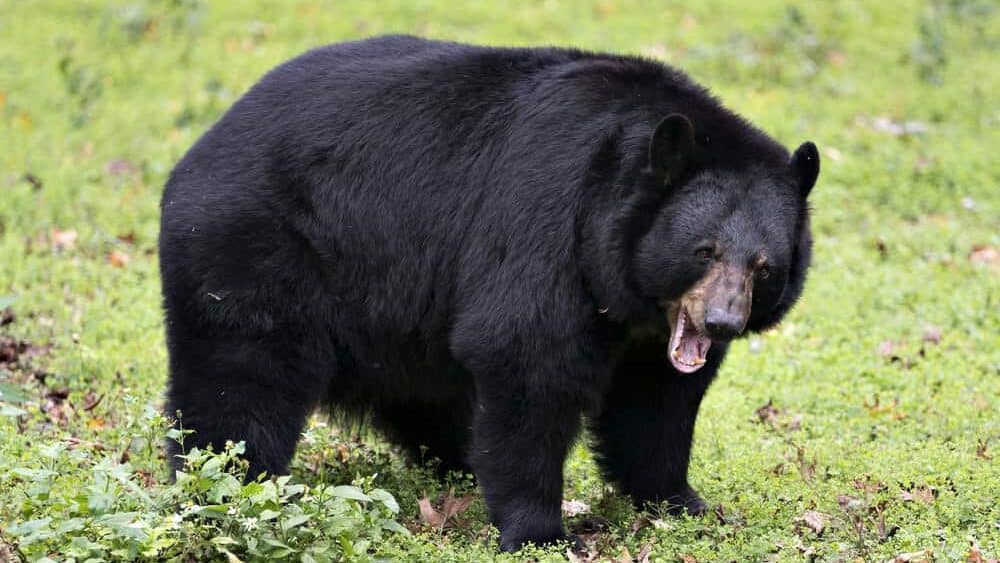Bears have captivated human imagination for centuries, appearing in our folklore, literature, and modern media. Unfortunately, this widespread fascination has led to the perpetuation of numerous misconceptions about these magnificent mammals. From their dietary habits to their hibernation patterns, bears are often misunderstood creatures. These misconceptions aren’t just harmless misunderstandings—they can lead to dangerous human-bear interactions and misguided conservation efforts. In this article, we’ll debunk 14 common myths about bears that continue to circulate despite scientific evidence to the contrary. Understanding the truth about bears is crucial not only for our safety but also for the protection of these remarkable animals that play vital roles in their ecosystems.
Myth 14 Bears Are Naturally Aggressive Toward Humans

Perhaps the most pervasive myth about bears is that they’re inherently aggressive and actively seek to attack humans. In reality, bears are generally shy, cautious animals that prefer to avoid human interaction whenever possible. Most bear species, including black bears, brown bears, and even grizzlies, will typically retreat when they detect human presence. According to the National Park Service, bears attack humans in North America fewer than 40 times annually on average, despite millions of human-bear encounters.
Bears become dangerous primarily when they feel threatened, are protecting their cubs, or have become habituated to human food. A bear that associates humans with food is indeed dangerous, but this is a learned behavior, not an inherent trait. Most bear attacks occur because the animal was surprised at close range or because humans approached bears or their cubs too closely. Understanding bear behavior and knowing how to act in bear country significantly reduces the already minimal risk of an aggressive encounter.
Myth 13 Bears Sleep Deeply During Hibernation

Many people believe that bears fall into a deep sleep during hibernation, becoming completely unconscious and unaware of their surroundings. This is far from accurate. Bears enter a state more accurately described as torpor rather than true hibernation. During this period, a bear’s heart rate and respiratory rate decrease, but not nearly to the extent seen in animals that truly hibernate, like groundhogs or bats. Bears can remain somewhat alert during their winter dormancy and may even wake up and move around during warmer winter days.
What’s even more remarkable is that bears don’t eat, drink, urinate, or defecate during these months. Their bodies recycle metabolic waste, and they can maintain muscle mass despite not moving for months. Female bears even give birth and nurse their cubs during this period. This physiological feat has made bears the subject of medical research, as scientists hope to understand how bears prevent muscle atrophy and bone loss during extended inactivity—knowledge that could benefit patients confined to bed rest or astronauts in space.
Myth 12 Bears Can’t Run Downhill

A dangerous piece of outdated advice suggests that if chased by a bear, you should run downhill because bears can’t run downhill effectively due to their heavier front legs. This myth could get someone seriously injured or killed. Bears are perfectly capable of running both uphill and downhill at impressive speeds. Black bears can sprint at up to 35 mph, while grizzly bears can reach speeds of 30 mph—faster than any human, regardless of the terrain.
Bears have evolved as efficient quadrupeds with body structures that allow them to navigate various terrains with agility, including steep slopes. Their shoulder structure and powerful limbs provide them with excellent stability on uneven ground. Running from a bear—in any direction—is likely to trigger their chase instinct and virtually guarantees you won’t outpace them. Wildlife experts instead recommend standing your ground, making yourself appear larger, making noise, and using bear spray if available. Different bear species may require different responses, but running is never the recommended strategy.
Myth 11 All Bears Love Honey

Thanks largely to Winnie the Pooh, many people believe all bears have an insatiable appetite for honey. While some bears do raid beehives, they’re typically more interested in the protein-rich bee larvae than the honey itself. Not all bear species show equal interest in beehives either. Black bears and brown bears are known to raid hives occasionally, but other species like polar bears have very different diets focused almost exclusively on meat, primarily seals.
Bears are opportunistic omnivores with diets that vary dramatically by species, season, and habitat. American black bears, for instance, obtain up to 85% of their diet from vegetation, including berries, nuts, and plant roots. Grizzlies supplement plant matter with salmon and other protein sources when available. Asiatic black bears consume a variety of fruits, nuts, insects, and small mammals. The stereotype of the honey-obsessed bear simplifies the complex and adaptable feeding strategies these animals have evolved to survive in diverse environments around the world.
Myth 10 Bears Are Just Big, Clumsy Animals

The portrayal of bears as lumbering, clumsy creatures couldn’t be further from the truth. Despite their bulky appearance, bears possess remarkable agility, coordination, and dexterity. They can move with surprising stealth through dense forest, making minimal noise despite their size. Bears can climb trees (particularly black bears, who are excellent climbers), swim long distances, and navigate challenging terrain with grace. Their paws are equipped with sensitive pads and non-retractable claws that provide excellent grip and tactile feedback.
Bears also demonstrate impressive fine motor skills. They can delicately pick berries from bushes without damaging the plant, manipulate objects to access food, and even open screw-top containers in some cases. Researchers who study captive bears often use puzzle feeders that require complex manipulation to access food rewards, and bears frequently solve these challenges with ease. Their combination of strength and dexterity makes them formidable predators and highly successful foragers in varied environments—far from the bumbling cartoon characters they’re often made out to be.
Myth 9 Playing Dead Always Works With Bears

The advice to “play dead” when encountering a bear is not universally applicable and could be dangerous if applied incorrectly. Playing dead can be effective specifically with brown/grizzly bears in defensive attack situations, such as when a mother is protecting cubs or a bear is defending a food source. In these cases, lying face down with hands clasped behind your neck may convince the bear you’re not a threat, potentially ending the attack once the bear no longer perceives danger.
However, playing dead is absolutely the wrong strategy with black bears or any bear showing predatory behavior (stalking, following, or circling). In these situations, playing dead may actually encourage an attack. With black bears or in predatory situations, experts recommend standing your ground, making yourself look as large as possible, making loud noises, and fighting back aggressively if attacked. Bear spray has proven to be the most effective deterrent across all bear encounters. The nuances of appropriate responses to different bear species and behaviors highlight why oversimplified advice like “always play dead” can be dangerous misinformation.
Myth 8 Bears Are Solitary Animals That Avoid Each Other

While bears are often described as solitary animals, their social behaviors are actually more complex than this label suggests. Bears do spend much of their time alone, but they also engage in various social interactions under specific circumstances. During salmon runs, for example, dozens of bears may congregate at prime fishing spots, developing a complex social hierarchy that determines feeding rights. In areas with abundant food resources, bears often develop a tolerance for each other’s presence and may even form temporary associations.
Female bears with cubs represent another exception to the solitary stereotype, as they remain with their offspring for 1.5 to 2.5 years, depending on the species. During this time, they engage in extensive social learning, with cubs observing and mimicking their mother’s behaviors. Recent research using GPS collars has revealed that bears may have more complex social networks than previously thought, with individuals recognizing and responding differently to familiar versus unfamiliar bears. While not as overtly social as wolves or primates, bears exhibit a range of social behaviors that challenge the oversimplified view of them as strictly solitary animals.
Myth 7 All Bears Are Endangered
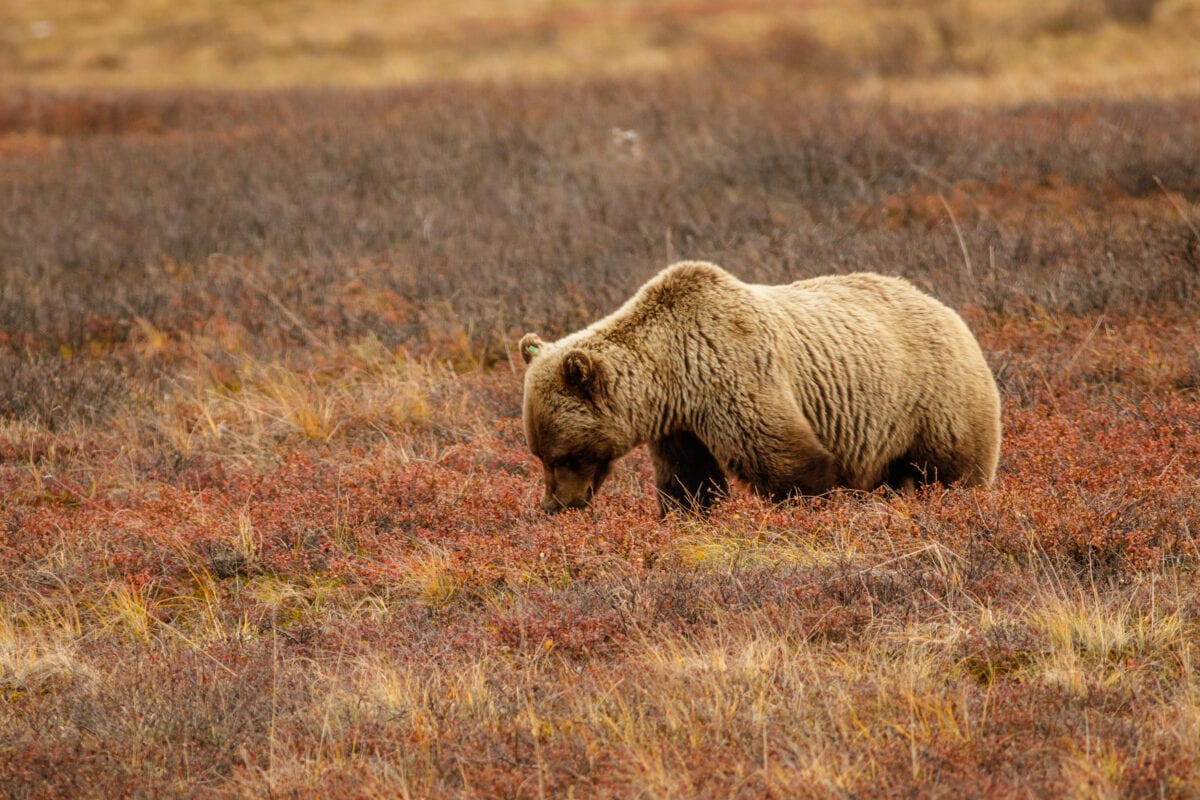
The conservation status of bears varies significantly by species, and not all bears face the same level of threat. Of the eight bear species worldwide, the International Union for Conservation of Nature (IUCN) classifies two as Vulnerable (polar bears and giant pandas), four as Vulnerable or Endangered depending on the population (Asiatic black bears, sun bears, sloth bears, and Andean bears), while American black bears and brown/grizzly bears are listed as species of Least Concern globally. American black bears are actually thriving in many areas, with populations expanding in parts of their range.
This variation in conservation status reflects the different challenges each species faces. Polar bears are threatened primarily by climate change and the resulting loss of sea ice habitat. Asiatic bears face severe pressure from poaching for use in traditional medicine. Andean bears suffer from habitat fragmentation in South America’s mountain ranges. Meanwhile, North American black bears have proven remarkably adaptable to human-altered landscapes, leading to population recovery in many regions. Understanding these distinctions is crucial for effective conservation efforts, as different bear species require different protection strategies based on their specific threats and ecological needs.
Myth 6 Bears Have Poor Eyesight
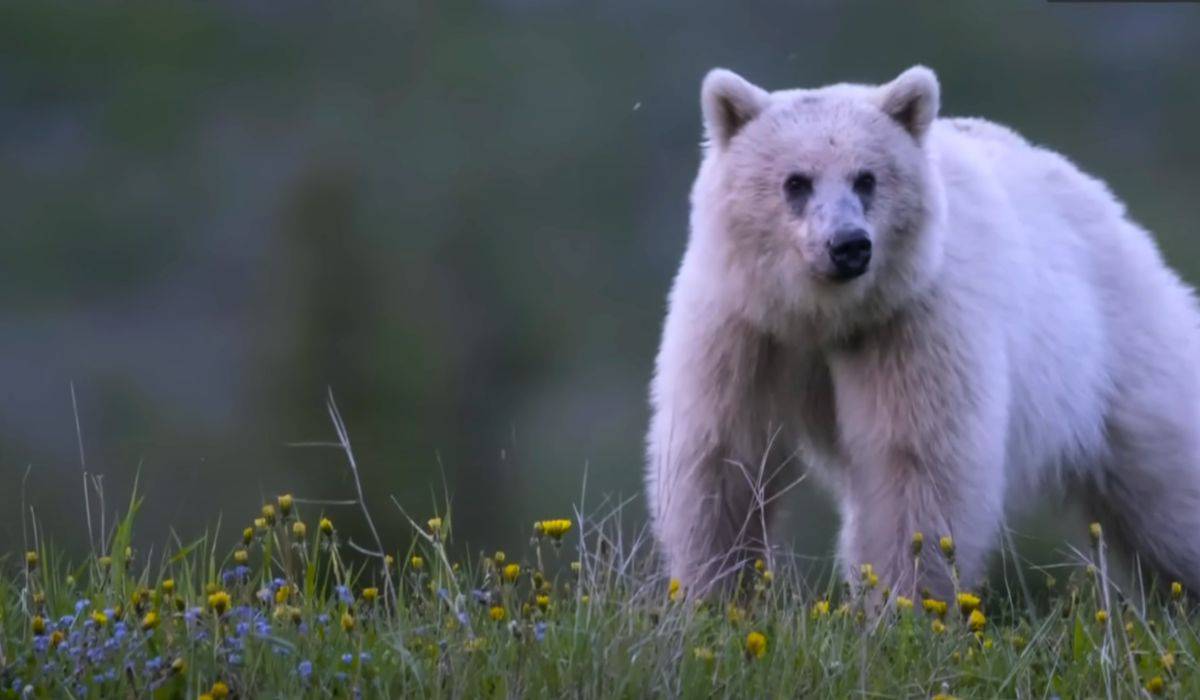
The myth that bears have poor vision persists despite evidence to the contrary. While bears’ eyesight may not be their primary sense, it’s far better than commonly believed. Bears can see in color, which helps them identify ripe fruits and berries. Their visual acuity is comparable to humans in daylight conditions, though they excel at detecting movement rather than static objects. Bears also have excellent night vision, with a reflective layer behind the retina called the tapetum lucidum that enhances their ability to see in low-light conditions.
What often confuses people is that bears rely more heavily on their extraordinary sense of smell than on vision. A bear’s sense of smell is approximately seven times more sensitive than a bloodhound’s and thousands of times more acute than a human’s. They can detect food sources from miles away and can even smell food buried underground or submerged in water. Bears also have excellent hearing, capable of detecting sounds beyond human range. Rather than having poor eyesight, bears simply prioritize their olfactory sense, which provides more valuable information in their forested environments where visibility is often limited by vegetation.
Myth 5 Bears Are Unpredictable and Impossible to Understand

The notion that bears are unpredictable and behave randomly is incorrect and potentially dangerous. Bears actually display consistent patterns of behavior with clear warning signs before aggressive actions. Bears communicate through body language, vocalizations, and other signals that indicate their emotional state and intentions. A bear standing on its hind legs, contrary to popular belief, is typically trying to get a better look or smell rather than preparing to attack. Huffing, jaw-popping, swatting the ground, and bluff charges are warning behaviors indicating a bear feels threatened and wants space.
Wildlife biologists, park rangers, and others who work closely with bears can reliably interpret these signals to predict bear behavior in most situations. Understanding these cues allows them to manage potentially dangerous encounters safely. Bears typically give plenty of warning before attacking defensively, and even predatory attacks (which are exceedingly rare) involve recognizable stalking behaviors. The misconception that bears are unpredictable may stem from people’s unfamiliarity with bear behavior patterns and communication methods. With proper education, most people can learn to recognize the consistent patterns in bear behavior that make their actions quite predictable in most circumstances.
Myth 4 Bears That Taste Human Food Become Man-eaters

A persistent myth suggests that bears who taste human food or garbage will develop a taste for humans themselves, essentially becoming “man-eaters.” This misconception dangerously conflates two separate issues. Bears that access human food or garbage can indeed become food-conditioned, meaning they associate humans and human spaces with easy meals. This habituation leads bears to lose their natural wariness around people and actively seek out human areas for food, creating dangerous situations where bears may act aggressively to obtain food they believe humans possess.
However, this food conditioning does not transform bears into predators that hunt humans as prey. Bears almost never view humans as a food source, even when habituated to human foods. The real danger comes from close encounters with bears seeking human food, which can lead to defensive attacks if the bear feels threatened or blocked from its food goal. This is why wildlife authorities emphasize proper food storage in bear country—not because bears will become man-eaters, but because food-conditioned bears create conflict situations that often end tragically for the bears themselves, as problem bears are frequently euthanized. The solution lies in preventing bears from accessing human food in the first place, not in fear of creating fictional man-eating monsters.
Myth 3 Mother Bears Are Always With Their Cubs
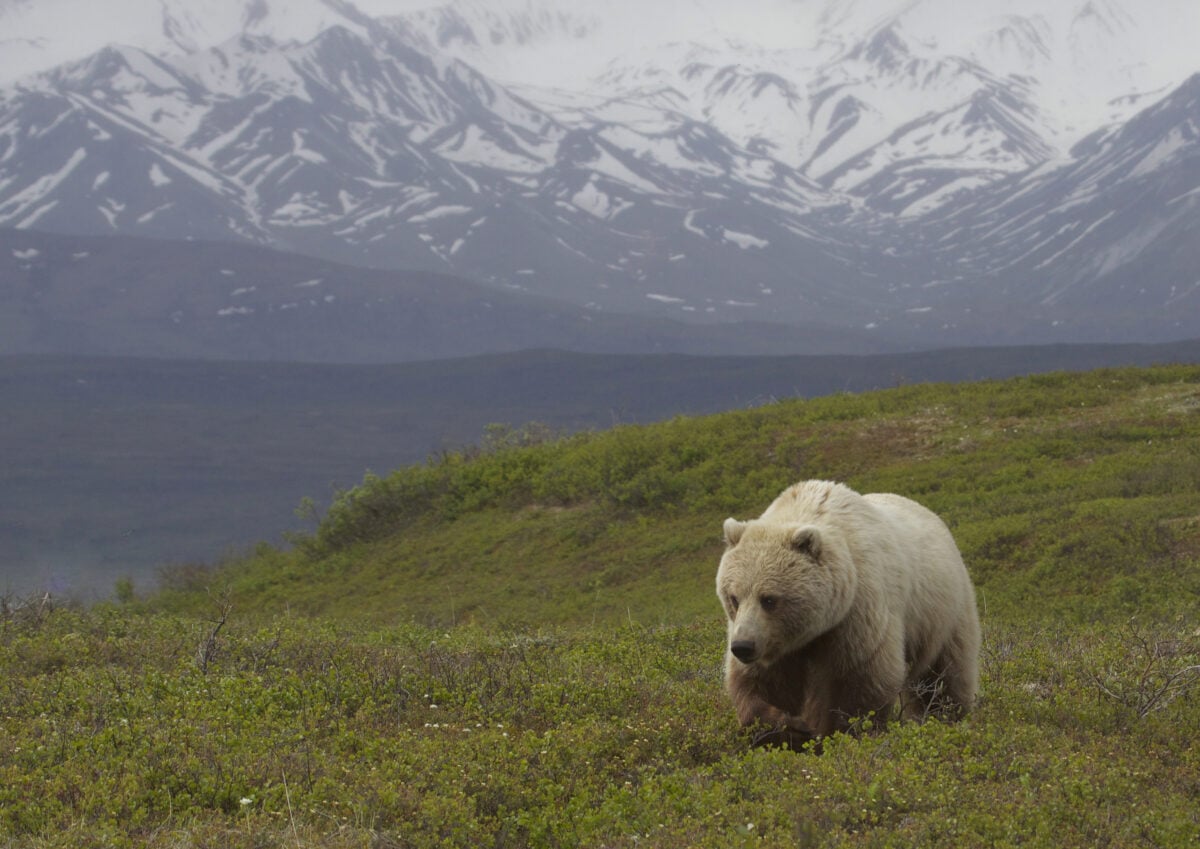
The belief that bear cubs spotted alone have been abandoned is a misconception that can lead to harmful human interference. Mother bears regularly leave their cubs alone for hours while they forage for food. This separation is a normal part of bear parenting and doesn’t indicate abandonment or neglect. Black bear mothers, in particular, may send their cubs up trees for safety while they feed nearby, sometimes at considerable distances. The cubs are programmed to stay put until their mother returns.
This natural behavior is sometimes misinterpreted by well-meaning humans who spot seemingly abandoned cubs and report them to wildlife authorities or, worse, attempt to “rescue” them. Such interventions can separate family units permanently, dooming cubs to a life in captivity or euthanasia if they cannot be reunited with their mother. Wildlife experts advise that unless a cub has been observed alone for more than 24 hours, shows signs of injury, or its mother is known to be dead, the best course of action is to leave it alone and move away from the area. Mother bears are extremely protective and may be watching nearby, hesitant to approach while humans are present.
Myth 2 Bears Are Not Intelligent Animals
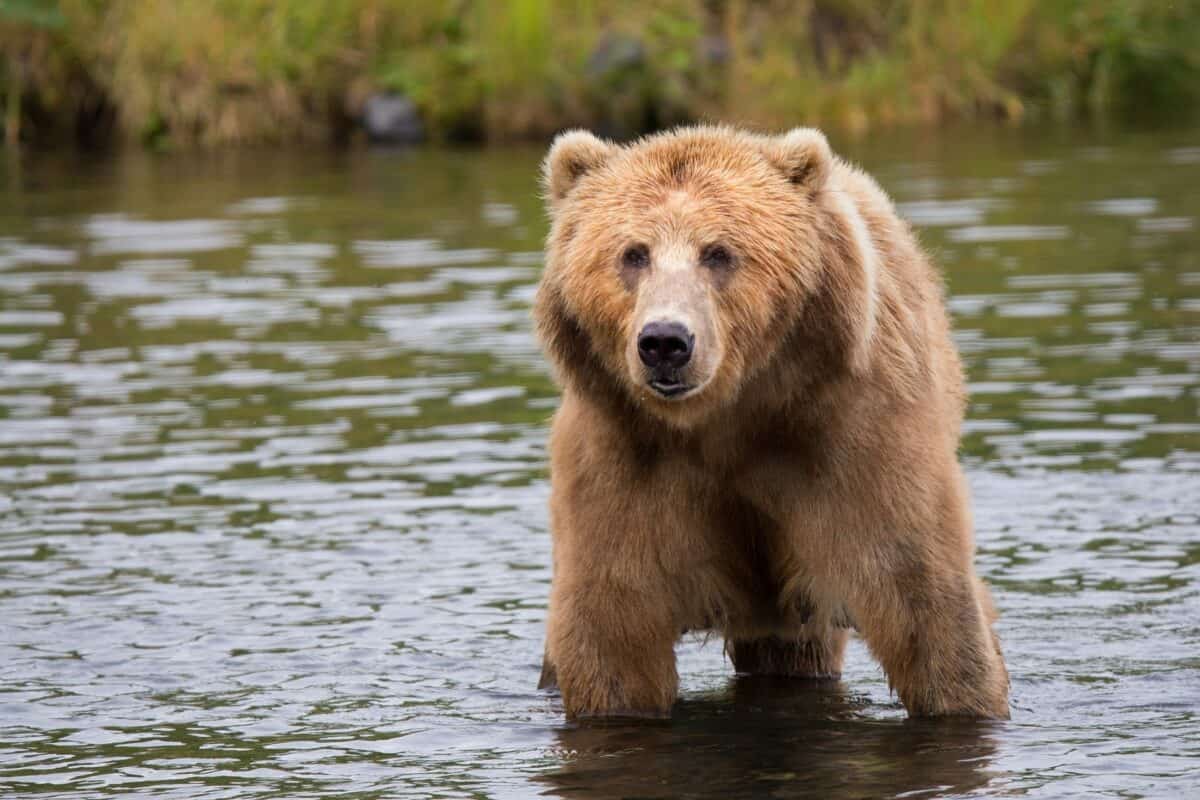
The misconception that bears lack intelligence couldn’t be further from the truth. Bears possess remarkable cognitive abilities that rival those of non-human primates in many areas. They demonstrate exceptional spatial memory, remembering feeding sites across vast home ranges and returning to productive berry patches or nut trees at precisely the right time each year. Experimental studies have shown that bears can use tools, understand counting concepts, and distinguish between quantities (recognizing, for instance, which pile contains more food).
Bears also show impressive problem-solving abilities, particularly when motivated by food. They quickly learn to defeat supposedly “bear-proof” containers and develop innovative strategies to access difficult food sources. Their adaptability is perhaps the most compelling evidence of their intelligence; bears successfully navigate changing environments and novel challenges, including human-altered landscapes. They learn from experience, remembering solutions to problems they’ve encountered before. Some bears even learn to avoid hunters by moving to protected areas during hunting seasons or becoming more nocturnal. The outdated view of bears as dim-witted animals fails to acknowledge their sophisticated cognitive abilities, which have evolved to help them survive as solitary omnivores in complex, changing environments.
Myth 1 Bears Are Either Carnivores or Herbivores
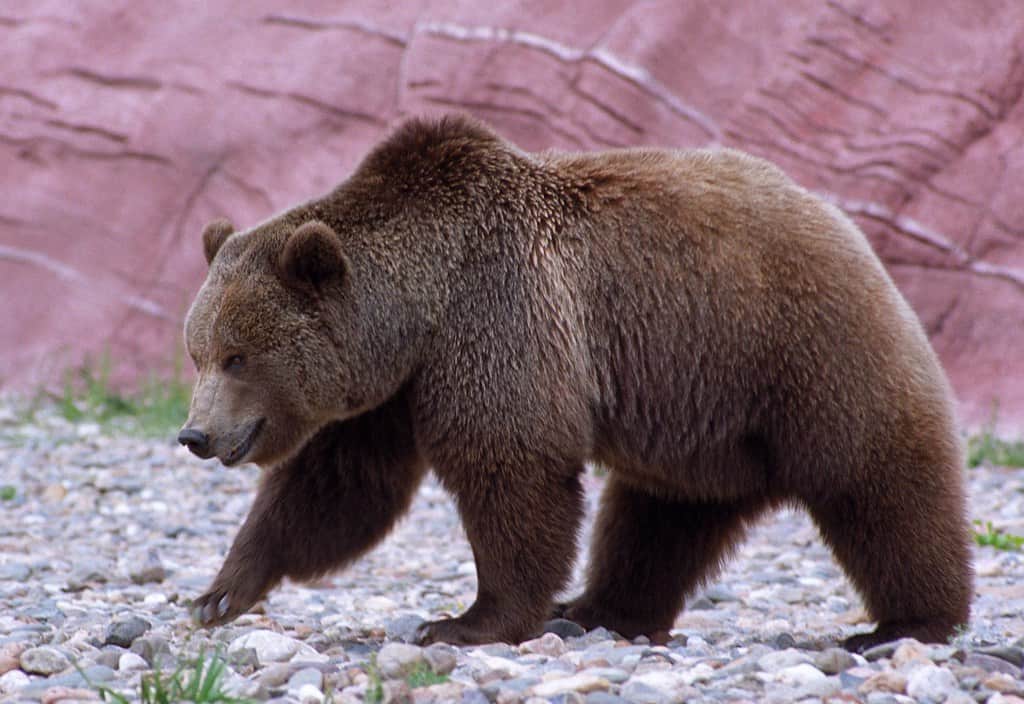
Many people mistakenly categorize bears as either meat-eaters or plant-eaters, when in reality, most bear species are true omnivores with highly adaptable diets. With the exception of polar bears (who are primarily carnivorous due to their Arctic habitat), bears consume a remarkably diverse diet that changes seasonally and regionally. A single black bear might eat tender spring vegetation, insect larvae, berries, nuts, fish, carrion, and occasionally larger mammals throughout the year. Their digestive systems have evolved to process this varied diet, with relatively short digestive tracts compared to specialized herbivores.
This dietary flexibility is key to bears’ survival and allows them to thrive in diverse habitats. For example, coastal brown bears may obtain up to 90% of their annual calories from salmon during fish runs, but switch to berries, roots, and small mammals when fish aren’t available. Even within the same species, diet varies dramatically based on local food availability. Bears in garbage-rich urban interfaces may consume primarily human food waste, while those in remote wilderness rely on natural foods. This adaptability explains why bears have survived in so many different ecosystems, from tropical forests to arctic tundra. Rather than fitting neatly into carnivore or herbivore categories, bears represent one.
Conclusion:

Bears have long been the subject of myths and misconceptions that distort the reality of their behavior, biology, and intelligence. From the belief that bears are naturally aggressive man-eaters to the idea that they clumsily bumble through the forest or fall into a deep, unconscious sleep during hibernation, these myths have fueled unnecessary fear and misguided actions. In truth, bears are complex, intelligent, and adaptable creatures that exhibit a wide range of behaviors—from problem-solving and memory retention to nuanced social interactions. They are not mindless predators or cartoonish honey-seekers, but rather vital components of ecosystems that deserve both our respect and protection.
Correcting these misconceptions is more than an academic exercise—it has real-world consequences for both human safety and wildlife conservation. When people understand how bears actually behave, they’re better equipped to avoid dangerous encounters and contribute to sustainable coexistence. Many bear-related conflicts arise not from bears acting unpredictably, but from humans misunderstanding cues or ignoring best practices in bear country. By replacing myth with knowledge, we empower ourselves to protect these magnificent animals and the wild spaces they inhabit, ensuring future generations can appreciate bears not as legends, but as the intelligent, awe-inspiring mammals they truly are.
- 14 Creatures That Can Freeze and Thaw Back to Life - August 9, 2025
- 10 Animals That Risked Their Lives to Save Humans - August 9, 2025
- 14 Reasons Why Bears Are Afraid of Humans (Most of the Time) - August 9, 2025

